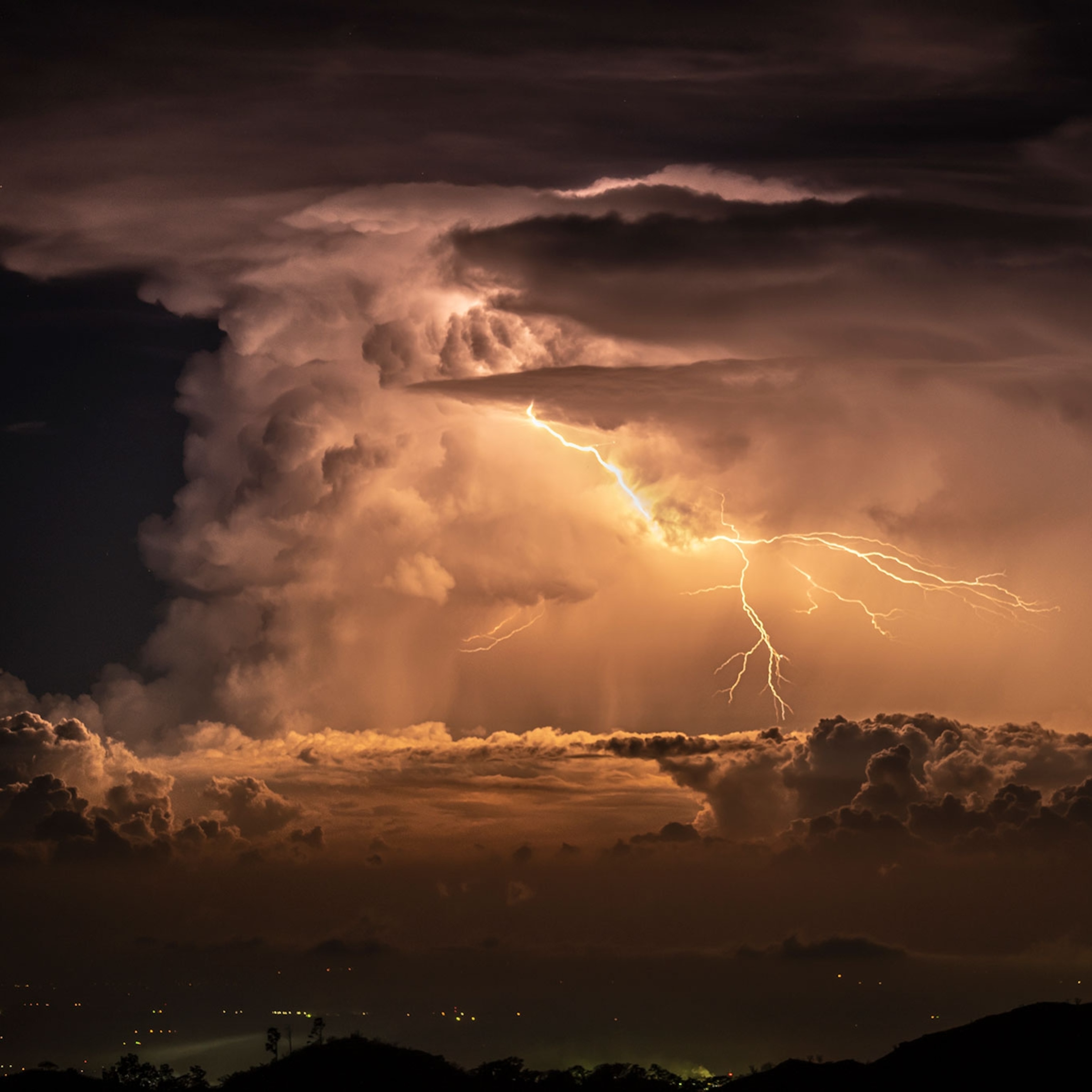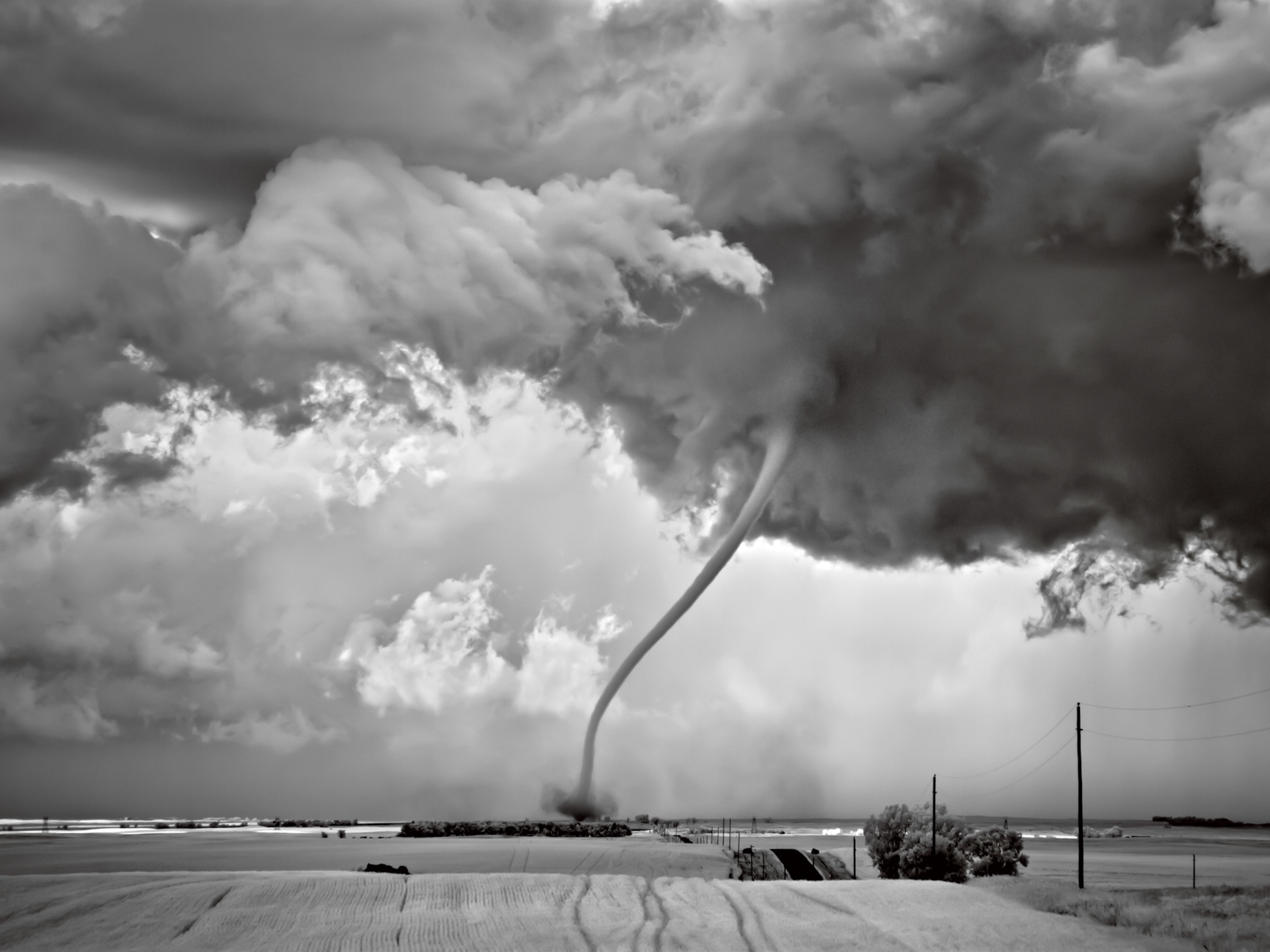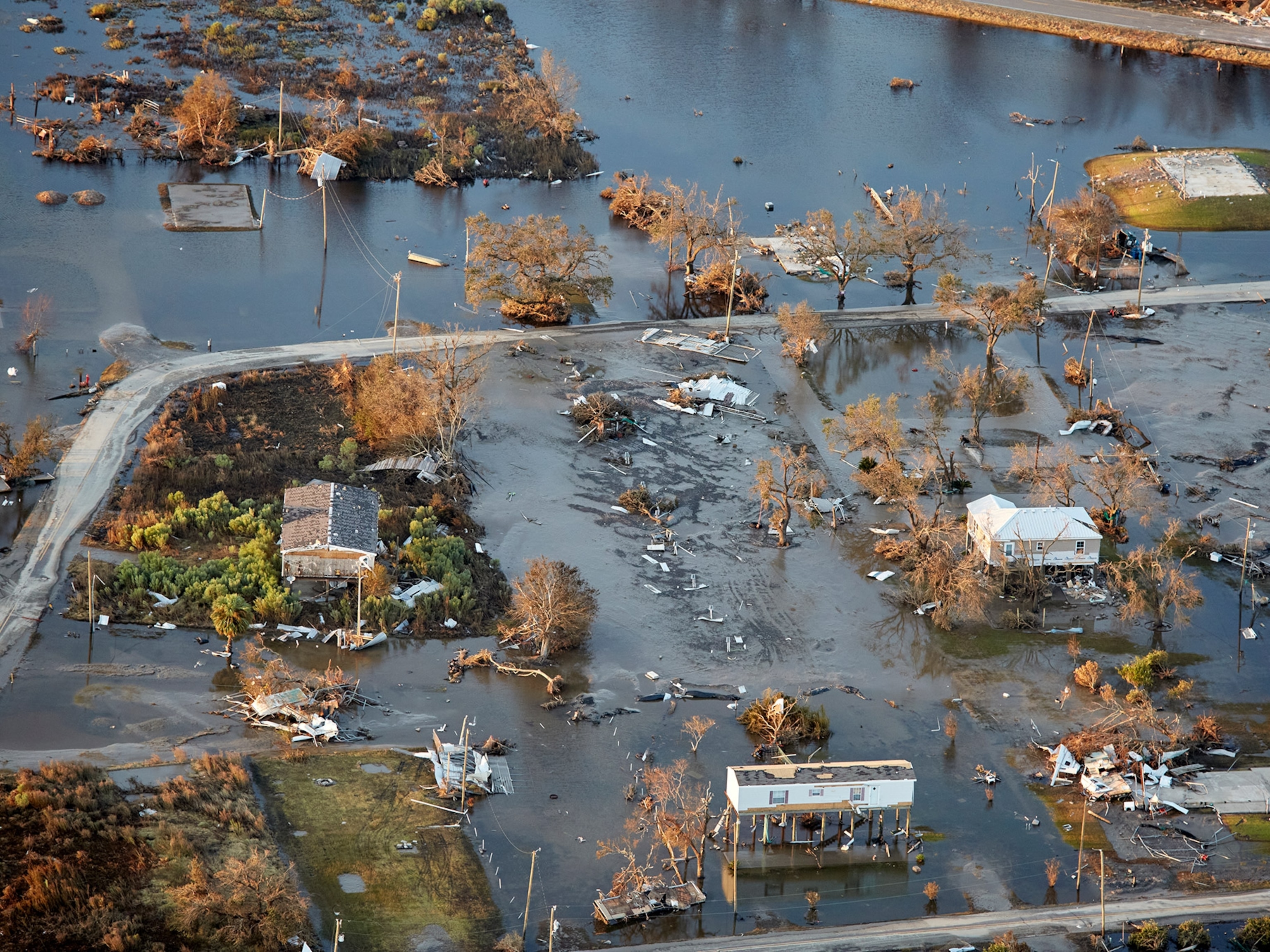
Human-Caused Climate Change Worsened Heat Waves in 2013, Study Says
The climate connection to storms and droughts is less clear.
A new report attributes heat waves around the world in 2013 to human-caused climate change, but finds the link between climate change and other extreme weather events—including the California drought—to be much less certain.
The peer-reviewed report "Explaining Extreme Events of 2013 From a Climate Perspective" examined the causes of 16 extreme events that occurred on four continents in 2013. The special report, published by the Bulletin of the American Meteorological Society, includes 22 separate analyses prepared by groups of scientists from the U.S. and U.K.
Thomas R. Karl, the director of NOAA's National Climatic Data Center, said in a press briefing that "being able to physically understand extreme events is absolutely critical for our ability to predict future extreme weather and understand our role in changing the climate."
Karl noted that "extreme events are very complex and are often caused by multiple factors." Natural variability often plays a role, he said.
However, this third annual report on extreme weather and the two preceding versions paint an emerging picture that shows "it's pretty clear" that there is a relationship between heat extremes and human influences on the climate, said Karl. "Where it gets much more difficult is storm events and precipitation," he said. Scientists "have to be very careful" in assigning the causes of specific extreme events, he added.
Who Caused the Rain?
A good example is the case of the five days of heavy rain and flooding that struck the area around Boulder, Colorado, last September, killing ten people and causing $2 billion in damage. The event seemed to fit the picture of climate change: Globally, the warmer atmosphere now holds more water than it used to, and the incidence of heavy rains is on the rise.
But not in northeastern Colorado, according to a section in the BAMS report by Martin Hoerling of NOAA's Boulder lab and his colleagues. Using a climate model to compare the preindustrial climate in the region with the current, human-warmed one, they found no increase in the likelihood of such exceptional rain events—and in fact a very similar one occurred in September 1938.
Another team reached a similar conclusion—albeit a less surprising one—about the unusually cold and wet spring that visited Britain in 2013. According to Nikolaos Christidis of the U.K. Met Office Hadley Centre and his colleagues, global warming has reduced the odds of Britons having to endure such a spring by a factor of 30, from as much as 60 percent in any given year to less than 2 percent. That's why it seemed so exceptional.
Hotter Heat Waves
So much for the good news. In a series of nine studies, the report also looked at five major heat waves that occurred in 2013, in Europe, China, Korea, Japan, and Australia. In all five cases, "human-caused climate change—primarily through the burning of fossil fuels—was found to have clearly increased the severity and likelihood of those events," the scientists wrote.
Five independent research teams specifically drilled down on the heat wave in Australia, using a variety of analytical approaches. The results of those five studies "are rather striking," said Peter Stott, a report co-editor, who is with the U.K. Met Office Hadley Centre.
"They found the chances of observing such extreme temperatures in a world without anthropogenic [human-caused] climate change is almost impossible," explained Stott.
When it comes to extreme precipitation, however—or extreme lack of precipitation—"the science is progressing," said NOAA's Hoerling, a co-editor of the report, but "it doesn't yet mean that we can make definitive statements."
Two sections of the report show an increasing risk of extreme precipitation events like floods or droughts, thanks to human-induced climate change. But one analysis showed a decreased risk and two showed no influence.
Hoerling's NOAA colleague Stephanie Herring, a co-editor of the special report, explained that compared with heat waves, precipitation "is a highly complex meteorological phenomenon." A number of factors come together to determine the amount of rain, including temperature, evaporation rates, soil moisture, snow pack availability, and human impacts through land and water usage. (See "New Technology Measures Snowpack Amid California Drought.")
"A clear picture has yet to emerge," said Herring.
What Dried California?
The case of California illustrates the uncertainty—and also the high stakes. One paper in the BAMS report, by Daniel Swain of Stanford University and his colleagues, found that climate change did indeed contribute to the ongoing, three-year California drought.
A key factor in the drought has been a ridge of high pressure that has remained parked over the northeastern Pacific since January 2013. The ridge has blocked the winds out of the west and thus the winter storms that provide much of California's water. Past weather data show that previous cases of extreme drought in California have been associated with a similar high-pressure "blocking" ridge, Stanford climate scientist Noah Diffenbaugh, a co-author of that section of the report, told National Geographic.
The Stanford team used a climate model to estimate how likely such a ridge was to occur in the current atmosphere and the preindustrial one. "We found that the global warming that has already happened has increased the probability of that system by at least a factor of three," said Diffenbaugh.
But another paper in the BAMS report, by Hailan Wang and Siegfried Schubert of NASA's Goddard Space Flight Center, concludes that "there was no increased risk of drought in California during 2013 as a result of the long-term warming trend."
Warming does indeed favor the storm-blocking high-pressure ridge over the Pacific, the NASA researchers write. But at the same time, warming increases the amount of water vapor in the air off the California coast, which tends to increase rainfall over land. The "two effects appear to counteract each other," Wang and Schubert wrote.
If that's true, then the current California drought, extreme as it is, should be seen primarily as an effect of the natural variability of the atmosphere—and Californians would not necessarily have to fear that extreme droughts will become routine. If the paper by Swain and colleagues turns out to be right, on the other hand, Californians need to be preparing now for a very different future.
"The broader picture is that it remains incredibly challenging [to link drought to climate change]," said Herring. (See "How Dust Might Make Drought Worse (or a Bit Better) in California.")








